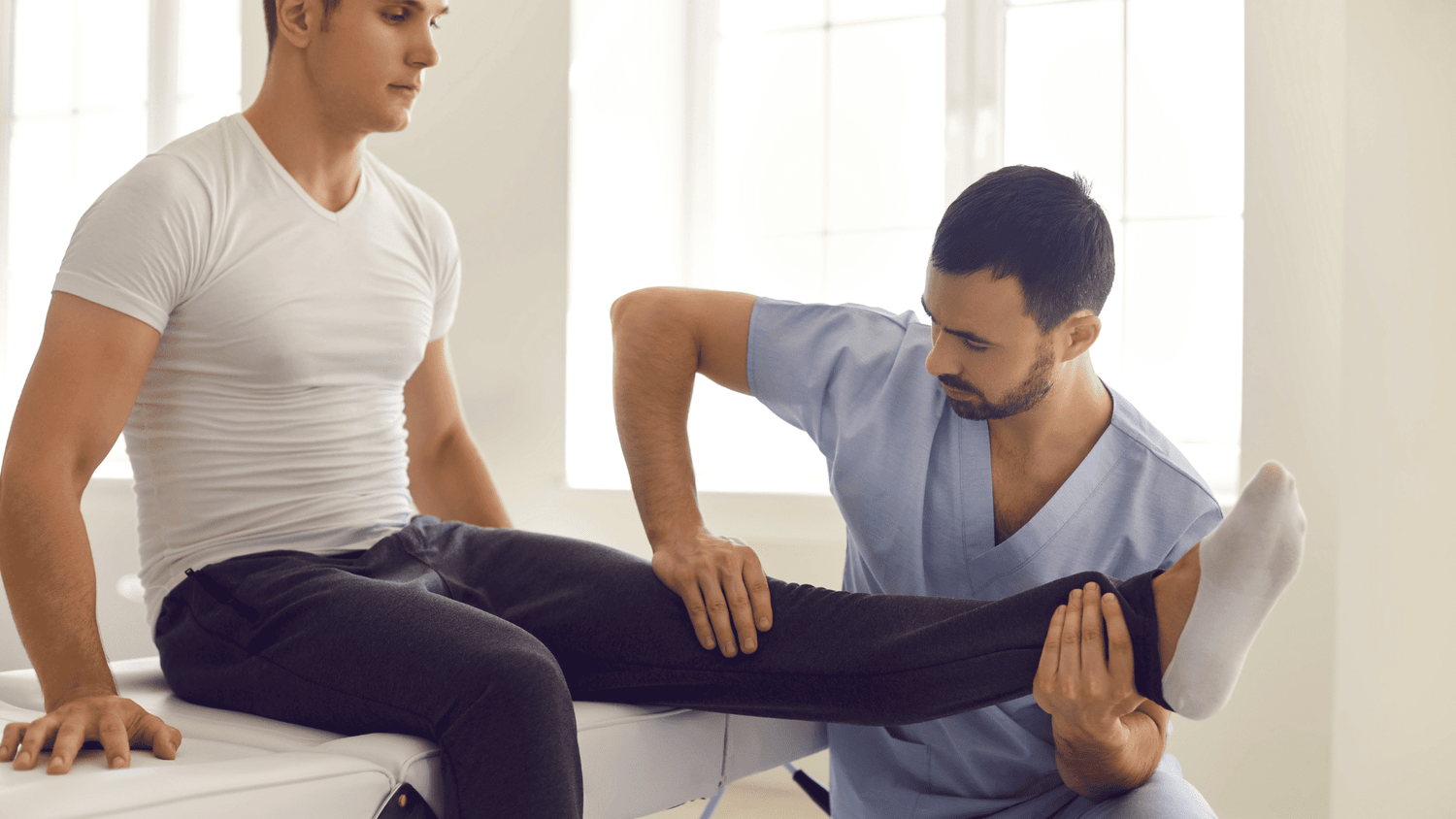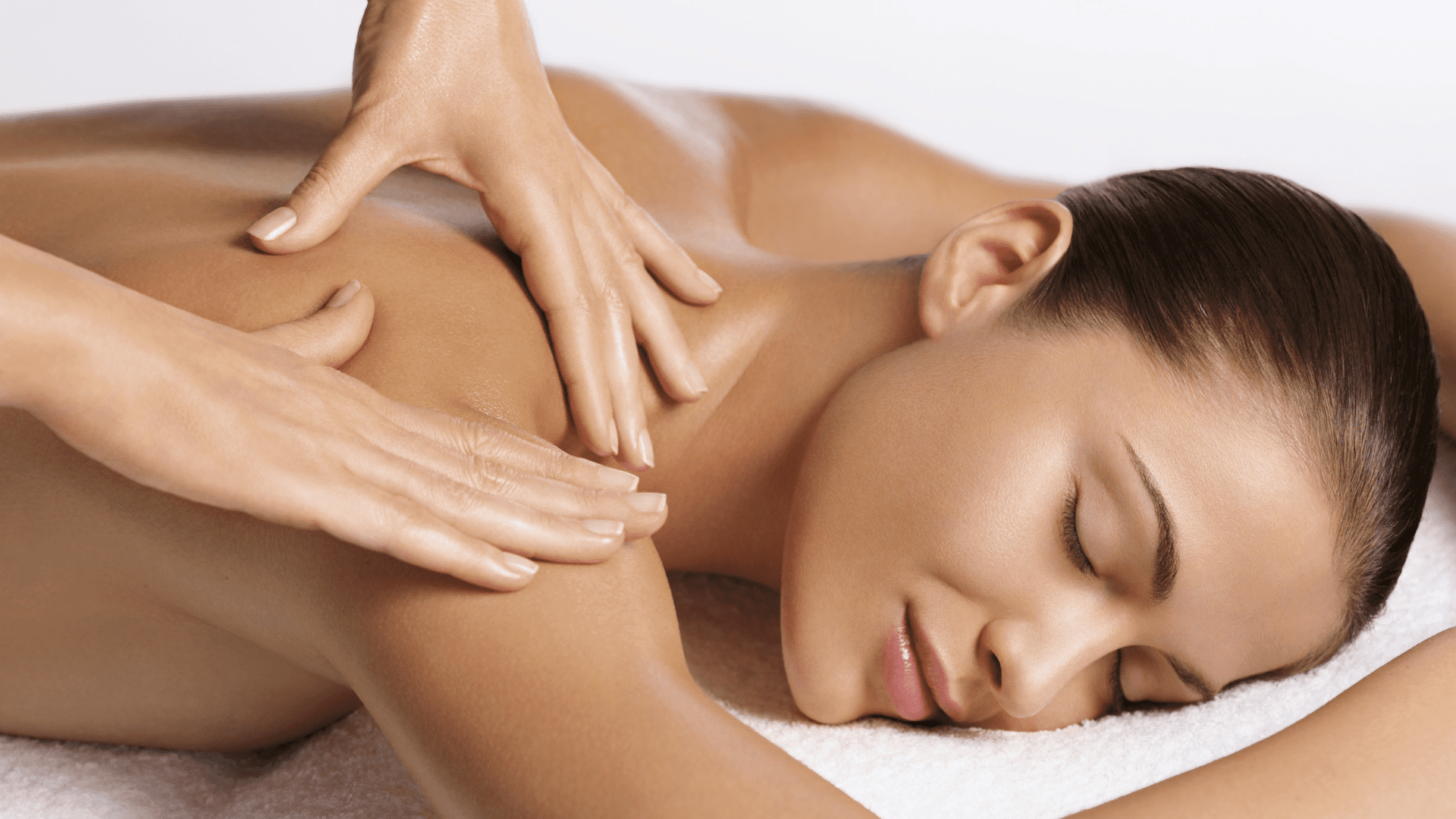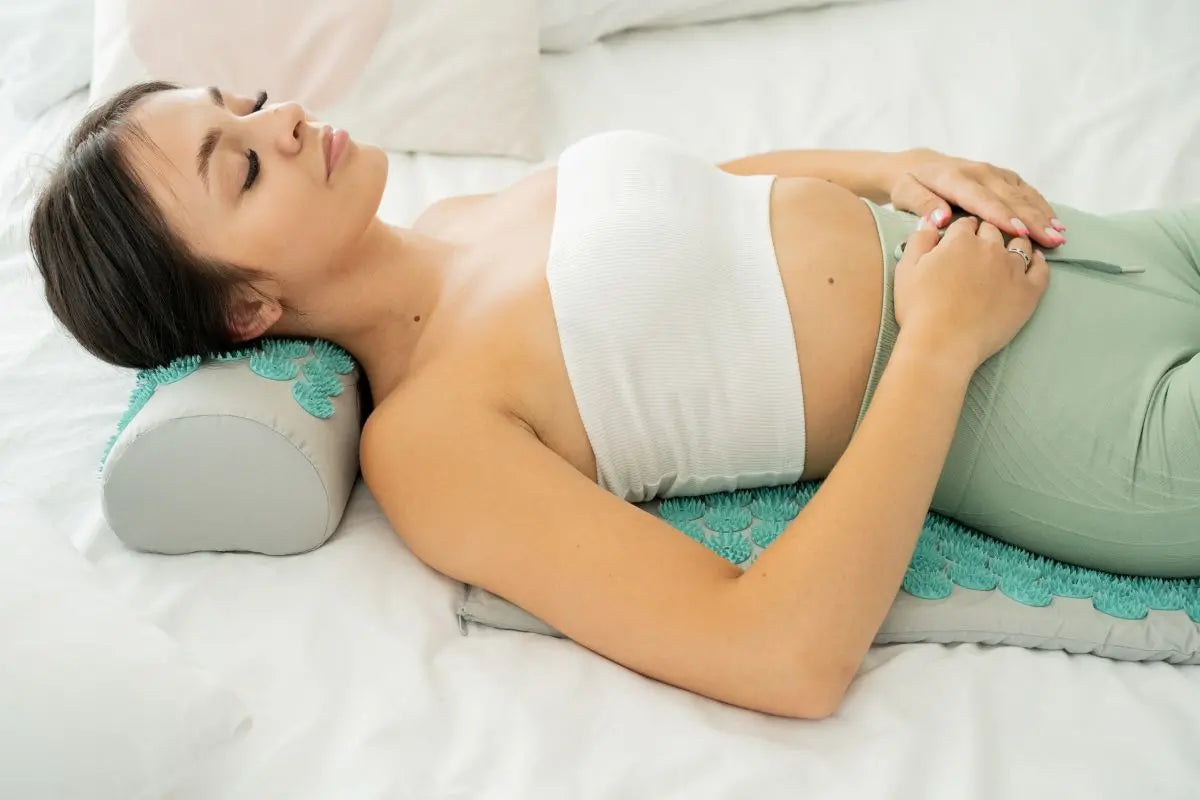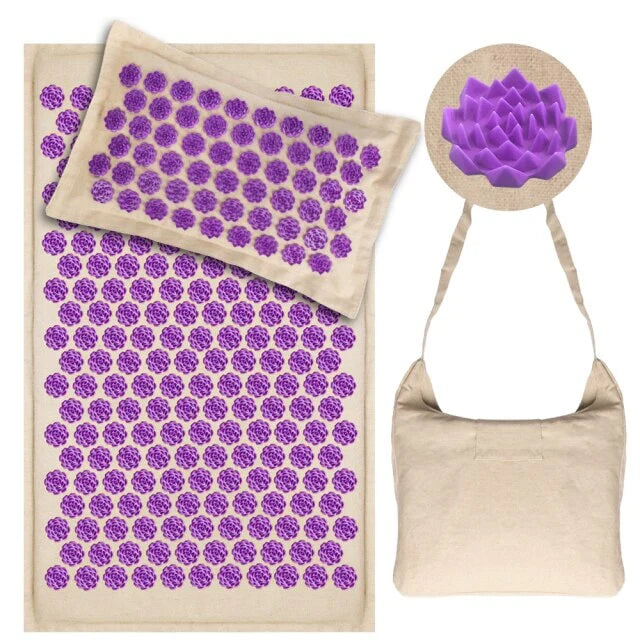Acupressure is a traditional Chinese medicine therapy that involves applying pressure on specific points on the body to relieve pain and promote healing. This ancient technique is rooted in the theory that energy, or "Qi," flows through pathways called meridians.
By stimulating key acupoints, acupressure aims to unblock these channels and restore balance in the body. This practice has gained popularity as a non-invasive alternative to acupuncture for managing pain, improving health, and enhancing overall well-being.
The basics of acupressure

Definition and concept
Acupressure, a form of complementary and alternative medicine, involves using fingers, thumbs, or specialized tools to apply pressure to specific acupoints. This technique is thought to regulate the flow of energy, improve blood circulation, and trigger the body’s natural healing processes.
Acupressure shares similarities with acupuncture but does not use needles. Instead, it focuses on pressing and holding key points to stimulate blood flow and relieve symptoms such as headaches, muscle tension, and anxiety.
History and evolution
Acupressure has its origins in ancient Chinese medicine and has evolved over thousands of years. Initially used as part of a broader practice, including acupuncture and reflexology, acupressure gradually developed its unique techniques.
Today, it is recognized globally as a safe and gentle therapy, integrated into various massage and wellness treatments to promote relaxation, pain relief, and overall health.
How does acupressure work?

Techniques and mechanism
The basic acupressure technique involves applying consistent pressure using fingers, thumbs, or even elbows on specific acupoints. These points are distributed along meridians and are believed to correspond to specific organs and tissues in the body.
For instance, pressing LI4, a point between the thumb and index finger, helps to relieve headaches and tension. Practitioners may also use the base of the hand or tools to apply deep and targeted pressure on muscle tissue.
The science behind acupressure
Scientific studies have shown that acupressure can help increase blood flow and stimulate the brain's release of endorphins, reducing pain perception and enhancing relaxation. Researchers have also explored its effects on conditions like nausea, morning sickness, and postoperative symptoms.
For example, a randomized controlled trial published in an evidence-based medical journal found that acupressure significantly reduced chemotherapy-induced vomiting in breast cancer patients.
Common acupressure points and their uses
Acupressure focuses on specific points on the body known to relieve pain and improve symptoms. For example, pressing the PC6 point on the wrist helps manage nausea, while applying pressure to ST36 on the leg promotes recovery and boosts immunity. Practitioners may target multiple acupoints during a session to address various conditions and promote overall well-being.
Benefits and applications of acupressure

Health benefits
Acupressure offers numerous health benefits, from pain management to stress reduction. It is an effective therapy for people experiencing chronic pain, insomnia, and muscle tension.
Studies have indicated that acupressure can improve sleep quality, decrease anxiety, and ease physical symptoms related to cancer treatments. It is a valuable complementary therapy often integrated into holistic care plans alongside acupuncture and massage therapy.
Self-care with acupressure
Acupressure can be performed at home to relieve common ailments like headaches, nausea, and tension. By learning key points and applying gentle pressure with fingers, individuals can experience relief without the need for needles or medications.
For example, pressing the area between the toes can help ease headaches, while stimulating the soles of the feet may provide relief from stress. Self-care routines empower people to manage symptoms naturally and safely.
Side effects and safety concerns

Safety guidelines
While acupressure is generally safe for most people, there are some precautions to consider. Pregnant women should avoid pressing specific points that could induce labor. Additionally, those with medical conditions such as heart disease or injuries should consult a doctor before trying acupressure.
Practitioners should always be licensed to perform acupressure to ensure safe and effective treatment. Following these guidelines helps to minimize risks and enhance the therapeutic experience.
Potential side effects
Although acupressure is considered a gentle and non-invasive therapy, some individuals may experience mild side effects like temporary soreness or dizziness.
These effects usually occur when too much pressure is applied or when sensitive points are stimulated. If symptoms persist, it’s essential to stop the treatment and consult a healthcare provider.
Radically new information: beyond traditional acupressure

Modern innovations in acupressure
In recent years, acupressure has embraced new advancements with devices like acupressure bands and electronic tools. These innovations allow individuals to apply targeted pressure to key points, making the practice more accessible.
For example, acupressure bands are often used to manage morning sickness by stimulating pressure points on the wrist. Integrating technology with traditional techniques offers exciting possibilities for self-care and symptom management.
Combining acupressure with other therapies
Acupressure can be combined with complementary therapies like yoga and aromatherapy to create a holistic healing experience. For instance, performing acupressure while practicing deep breathing can enhance relaxation and relieve stress.
Combining acupressure with massage treatments also targets deeper tissues, offering additional benefits such as increased blood circulation and muscle recovery. This approach enhances the effectiveness of both therapies and provides comprehensive care for individuals dealing with various conditions.
How to get started with acupressure?

What to expect during a session?
An acupressure session typically begins with a consultation to understand the client’s needs. During the session, the practitioner will locate and press specific acupoints, adjusting the pressure based on the individual’s comfort level.
A licensed acupressurist might use different techniques, such as holding, pressing, or kneading key points to achieve the desired effect. Sessions often last 30 to 60 minutes and can be tailored to focus on particular issues like headaches or muscle pain.
Tips for finding a qualified practitioner
To ensure safe and effective treatment, it’s essential to find a licensed practitioner with experience in acupressure. Check their qualifications, and consider their specialization in treating specific conditions like pain management or symptom relief. Reading reviews and asking for recommendations from healthcare providers can help you find a trustworthy acupressure therapist.
Conclusion

Acupressure, an ancient Chinese therapy, continues to offer a natural and non-invasive way to relieve pain, improve health, and promote relaxation. By understanding its basic concepts, techniques, and potential benefits, individuals can explore this therapy with confidence.
As scientific research supports its effectiveness, and modern innovations make it more accessible, acupressure remains a valuable complementary treatment for many health conditions.
Frequently asked questions
1. What is acupressure and how does it work?
Acupressure is an ancient Asian therapy rooted in the theory of Traditional Chinese Medicine (TCM). It involves using fingers to apply pressure to specific acupoints along energy pathways called meridians.
This non-invasive technique aims to unblock these meridians and promote relaxation and healing. By stimulating these points, acupressure helps treat various conditions, such as headaches, neck pain, and nausea, while improving blood circulation and reducing symptoms like stress and anxiety.
2. What are the benefits of acupressure?
Acupressure offers numerous benefits, including pain relief, improved sleep quality, and stress reduction. Clinical studies and systematic reviews have demonstrated that acupressure helps to reduce nausea, improve relaxation, and relieve symptoms related to chemotherapy.
A key benefit is its non-invasive nature, which makes it a safe complementary therapy for treating various conditions, such as muscle pain, insomnia, and headaches. It is often recommended as part of integrative medicine practices.
3. How is acupressure different from acupuncture?
Acupressure and acupuncture are based on the same TCM theory of meridians and energy flow but use different techniques. Acupuncture uses needles to penetrate the skin and stimulate acupoints, while acupressure involves pressing these points with fingers or acupressure devices.
Acupressure is considered a gentler and non-invasive alternative. Both therapies aim to reduce symptoms and treat conditions by unblocking meridians, but the difference lies in their approach.
4. Can acupressure help relieve pain?
Yes, acupressure is an effective way to relieve pain. It is particularly beneficial for treating headaches, neck pain, and muscle injuries.
By pressing specific acupoints, such as those between the thumb and index finger or on the feet, acupressure can stimulate the body’s natural healing processes and reduce tension. Studies have shown that acupressure helps improve blood pressure regulation and pain management without invasive procedures.
5. Is acupressure safe for everyone?
Acupressure is generally safe for most people, but it’s essential to consult a healthcare provider, especially if you have underlying conditions like heart issues, injuries, or high blood pressure. Pregnant women should avoid specific points that may induce labor.
Licensed acupressurists are trained to identify the correct locations and ensure safe treatment. If you feel unsure, a Cochrane review or evidence-based resources can provide more insights into safety guidelines.
6. What happens during an acupressure session?
During a typical acupressure session, a licensed acupressurist will ask questions about your health and identify the points to target. They will apply gentle but firm pressure using fingers or the base of the hand, holding or pressing each acupoint for specific durations.
Sessions can last between 30 to 60 minutes. These treatments are designed to reduce pain, improve relaxation, and promote the body’s natural recovery processes.
7. Can I perform acupressure on myself?
Yes, self-acupressure is a practical way to treat minor ailments like headaches, nausea, and stress. By learning the locations of key acupoints, such as on the feet, hands, and between the toes, individuals can use their fingers to apply moderate pressure.
This non-invasive method allows you to address symptoms like nausea or insomnia at home effectively.
8. Are there any side effects of acupressure?
While acupressure is generally safe and non-invasive, some individuals may experience mild side effects like soreness, dizziness, or light bruising. These side effects are usually temporary and occur when too much pressure is applied.
A Cochrane review has reported that acupressure is well-tolerated when performed correctly. For those with underlying medical conditions, such as recent injuries or high blood pressure, it’s crucial to consult with an acupuncturist or doctor before beginning treatments.
9. How often should I do acupressure?
The frequency of acupressure depends on your specific needs and conditions. For managing headaches or improving sleep quality, acupressure can be practiced 1 to 2 times a week. For chronic conditions or injuries, more frequent sessions may be recommended.
A clinical trial published in an evidence-based journal (e.g., DOI reference) found that regular acupressure helps improve blood flow, reduce pain, and accelerate recovery, making consistent sessions beneficial.
10. Is there scientific evidence supporting the effectiveness of acupressure?
Yes, there is scientific evidence supporting the effectiveness of acupressure. Randomized clinical trials and systematic reviews have shown that acupressure helps to reduce postoperative nausea and vomiting, manage pain, and improve sleep quality.
Studies also highlight the benefits of ear acupressure and auricular acupressure in specific cases, such as cancer symptom management. Researchers continue to explore the effects of acupressure, making it a credible and evidence-based complementary therapy.









